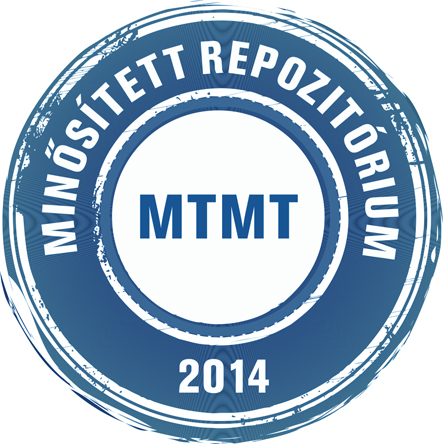Nagy Andrea; Imre Gergely; Mátés Lajos: Transposon-based gene delivery vectors for gene therapy. In: Acta biologica Szegediensis, (59). pp. 247-260. (2015)
Előnézet |
Cikk, tanulmány, mű
59247.pdf Letöltés (825kB) | Előnézet |
Absztrakt (kivonat)
The first gene therapy clinical trials were initiated more than two decades ago thanks to the previous development of viral vectors that allow high efficiency gene transfer into mammalian cells. Since then the application of viral gene transfer has been a successful treatment option for a variety of diseases. Hematopoietic stem cells (HSCs) represent the most frequently targeted cell population for the treatment of severe monogenic diseases as their gene therapeutic correction is a valid alternative to conventional HSC transplantation when a compatible donor is not available. Indeed, viral gene transfer was successfully applied in HSC-based ex vivo gene therapy of the blood and immune systems, albeit several studies have exposed serious adverse effects that were caused by the therapeutic vector induced inappropriate activation of proto-oncogenes. After these failures, researchers have developed new types of randomly integrating vectors that have proven safer in preclinical studies, which is consistent with interim reports of clinical trials also foreshadowing that they potentially have an improved safety profile. This review focuses on new and clinically relevant DNA transposon-based gene delivery vectors, and compares their properties with those of the old and new generation viral vectors.
| Mű típusa: | Cikk, tanulmány, mű |
|---|---|
| Rovatcím: | Reviews |
| Befoglaló folyóirat/kiadvány címe: | Acta biologica Szegediensis |
| Dátum: | 2015 |
| Kötet: | 59 |
| ISSN: | 1588-385X |
| Oldalak: | pp. 247-260 |
| Nyelv: | angol |
| Kulcsszavak: | Génsebészet, Genetika klinkai |
| Megjegyzések: | Bibliogr.: p.256-260. |
| Feltöltés dátuma: | 2016. okt. 17. 10:36 |
| Utolsó módosítás: | 2018. máj. 25. 12:13 |
| URI: | http://acta.bibl.u-szeged.hu/id/eprint/35901 |
 |
Tétel nézet |



